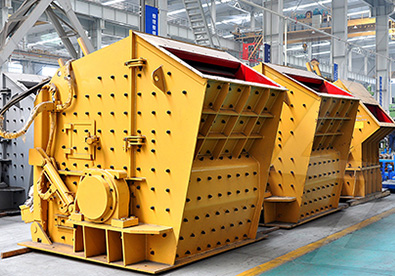Designing a Spiral Classifier involves several key considerations to ensure efficient solid-liquid separation, classification, and dewatering of slurry materials. Below is a structured approach to spiral classifier design:
—
1. Design Considerations
A. Application Requirements
– Feed Material: Particle size distribution, density, slurry concentration (% solids).
– Capacity: Required throughput (tons/hour or m³/hour).
– Separation Cut Point: Desired particle size separation (e.g., 100 mesh / 150 µm).
– Dewatering Needs: Moisture content in underflow (coarse discharge) and overflow (fine discharge).
B. Spiral Classifier Types
– High Weir Spiral Classifier: Higher weir allows finer particles to settle; used for coarse classification.
– Submerged Spiral Classifier: Lowered spiral for finer classification (<100 µm).
– Single/Double Spiral: Depends on capacity and footprint constraints.
—
2. Key Design Parameters
A. Tank Dimensions
– Length & Width: Determined by settling area needed for particle separation.
– Longer tanks improve fine particle recovery.
– Width depends on spiral diameter and number of spirals.
– Slope Angle: Typically 14°–18° for optimal settling and transport.
B. Spiral Assembly
– Spiral Diameter: Ranges from 0.3 m to 3 m (larger = higher capacity).
– Spiral Pitch & Speed:
– Pitch = ~0.5–0.75 × spiral diameter.
– Rotational speed: 2–10 RPM (lower speeds for coarser materials).
– Materials of Construction:
– Wear-resistant alloys or rubber-lined spirals for abrasive slurries.
C. Weir Height Adjustment
– Controls pool volume and overflow fineness.
– Higher weir = finer overflow (for high-weir designs).
D. Drive Mechanism
– Electric motor with gear reducer or hydraulic drive.
– Power calculation based on slurry density and spiral size.
—
3. Process Calculations
A. Settling Velocity (Stokes’ Law)
\[
v_s = \frac{g(\rho_p – \rho_f)d^2}{18\mu}
\]
Where:
– \(v_s\) = Settling velocity (m/s),
– \(d\) = Particle diameter (m),
– \(\rho_p\) = Particle density (kg/m³),
\- \(\rho_f\) = Fluid density,
\- \(\mu\) = Fluid viscosity.
B. Capacity Estimation
\[
Q = k \cdot D^2 \cdot L \cdot n
\]
Where:
- \(Q\) = Slurry flow rate (m³/h),
- \(D\) = Spiral diameter (m),
- \(L\) = Tank length (m),
- \(n\) = Number of spirals,
- \(k\) = Empirical constant (~0.05–0.2).
- Support frame for tank and drive assembly.
- Overflow launder design for fines collection.
- Underflow discharge control (adjustable gate or valve).
- Adjust weir height/spiral speed based on feed variability.
- Monitor wear on spiral blades/tank lining.
- Balance between overflow clarity and underflow density.
—
4. Structural & Mechanical Design

—
5. Operational Optimization
—
6 Example Specification Sheet
| Parameter | Value/Range |
|——————–|—————————|
| Type | Submerged Single Spiral |
| Capacity | 50 tph (solids) |
| Tank Dimensions | 6 m × 1.5 m × 14° slope |
| Spiral Diameter | 750 mm |
| Motor Power | 5 kW |
| Separation Cut Size| 74 µm |
—
Conclusion
A well-designed spiral classifier balances hydrodynamic principles with mechanical robustness tailored to the specific ore/slurry characteristics. Computational fluid dynamics (CFD) simulations or pilot testing may refine the design further.
Would you like detailed calculations for a specific case?





Leave a Reply